Thermal insulation functions as a barrier, hindering the movement of heat energy between two areas with different temperatures. It is achieved by using materials with low thermal conductivity, which minimise heat transfer via conduction, convection, and radiation. This barrier effectively traps heat within a space during colder temperatures and prevents heat from infiltrating during warmer conditions. By maintaining stable indoor temperatures, thermal insulation enhances comfort, reduces energy consumption, and lowers utility costs. Whether installed in walls, floors, roofs, or appliances, thermal insulation plays a crucial role in enhancing building efficiency and sustainability.
How is thermal insulation determined and what are the different factors influencing it?
Thermal insulation is determined primarily by its thermal resistance, often denoted as the R-value. This value represents the material's ability to impede the flow of heat. A higher R-value indicates greater resistance to heat transfer, meaning the insulation is more effective at maintaining temperature differentials between two spaces. Understanding the factors that influence thermal insulation is essential for selecting appropriate materials and designs to optimize energy performance and comfort levels within a building.
Factors Influencing Thermal Insulation:
1. Type of Insulation Material:
Different materials exhibit varying thermal properties, impacting their ability to resist heat transfer. Materials like fiberglass, foam board, and cellulose typically possess higher R-values compared to wood or metal, making them more effective insulators.
2. Thickness and Density:
The thickness of the insulation layer is crucial, as thicker insulation provides greater resistance to heat flow by creating a more substantial barrier. Additionally, higher density materials often exhibit better thermal resistance due to their increased mass and ability to trap air pockets, which inhibit heat transfer.
3. Composition:
The composition of the insulation material influences its insulating properties. For example, closed-cell foam insulation contains trapped gas pockets within its structure, enhancing its ability to resist heat flow. Reflective insulation works by reflecting radiant heat away from the surface, reducing heat transfer through radiation.
4. Installation Quality:
Proper installation is critical for maximizing insulation effectiveness. Ensuring that there are no gaps, voids, or compression in the insulation layer is essential, as even the smallest gap can significantly reduce insulation performance by allowing heat to bypass the barrier.
5. Environmental Factors:
Environmental conditions such as humidity levels, temperature differentials, and air movement can impact insulation performance. High humidity levels, for instance, can reduce the R-value of certain insulation materials like fiberglass, diminishing their effectiveness.
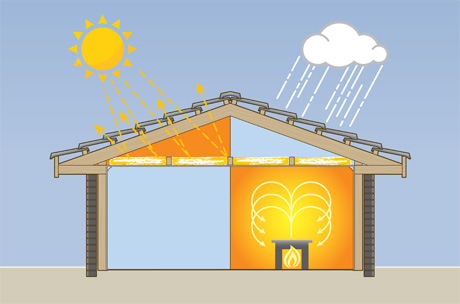
Why is thermal insulation needed?
The need for thermal insulation primarily stems from its capacity to enhance building performance, energy efficiency, and occupant comfort. Here are the key reasons for using thermal insulation:
1. Energy Conservation: Thermal insulation serves as a crucial tool in reducing a building's energy consumption by minimising heat transfer through its envelope. This is achieved by utilizing materials with low thermal conductivity, such as fiberglass, foam board, or cellulose, to create a barrier against heat flow. By effectively insulating walls, floors, roofs, and windows, buildings can maintain stable indoor temperatures with minimal reliance on heating and cooling systems. This not only lowers energy bills for building owners but also reduces the environmental footprint associated with energy production.
2. Climate Control: Insulation plays a pivotal role in maintaining a comfortable indoor climate year-round by preventing heat gain in summer and heat loss in winter. By limiting temperature fluctuations, insulation reduces the workload on HVAC systems, ensuring consistent indoor temperatures and improving occupant comfort. Whether in residential, commercial settings, proper insulation ensures that occupants can enjoy comfortable indoor environments without excessive reliance on mechanical heating or cooling.
3. Environmental Impact: The environmental benefits of thermal insulation are significant, as it directly contributes to reducing greenhouse gas emissions associated with energy consumption. By lowering the demand for heating and cooling energy, insulation helps mitigate climate change by decreasing the reliance on fossil fuels for power generation. This aligns with global efforts to transition towards more sustainable energy practices and reduce the carbon footprint of the built environment.
4. Cost Efficiency: While there is an initial investment in insulation materials and installation, the long-term cost savings are substantial. By reducing energy consumption and utility bills, insulation pays for itself over time, making it a financially prudent investment for building owners. Additionally, insulation can prolong the lifespan of HVAC equipment by reducing its workload, further lowering maintenance and replacement costs in the long run.
5. Preventing Condensation: Insulation plays a crucial role in preventing condensation, which can lead to moisture-related issues such as mold growth, corrosion, and structural damage. By maintaining surface temperatures above the dew point, insulation helps minimize moisture buildup and protect building materials from degradation. This not only preserves the structural integrity of the building but also maintains a healthy indoor environment for occupants.
6. Soundproofing: In addition to its thermal properties, insulation also provides acoustic benefits by dampening sound transmission between spaces. This is particularly beneficial in residential buildings, offices, schools, and healthcare facilities where noise control is essential for occupant comfort and productivity. By reducing noise pollution from both internal and external sources, insulation creates quieter and more conducive indoor environments for various activities.
7. Health and Comfort: Insulation contributes to occupant health and comfort by regulating indoor temperature and humidity levels. By minimizing temperature extremes and maintaining optimal indoor conditions, insulation creates a more pleasant and livable environment for building occupants. This not only enhances productivity and well-being but also reduces the risk of health issues associated with poor indoor air quality and temperature fluctuations.
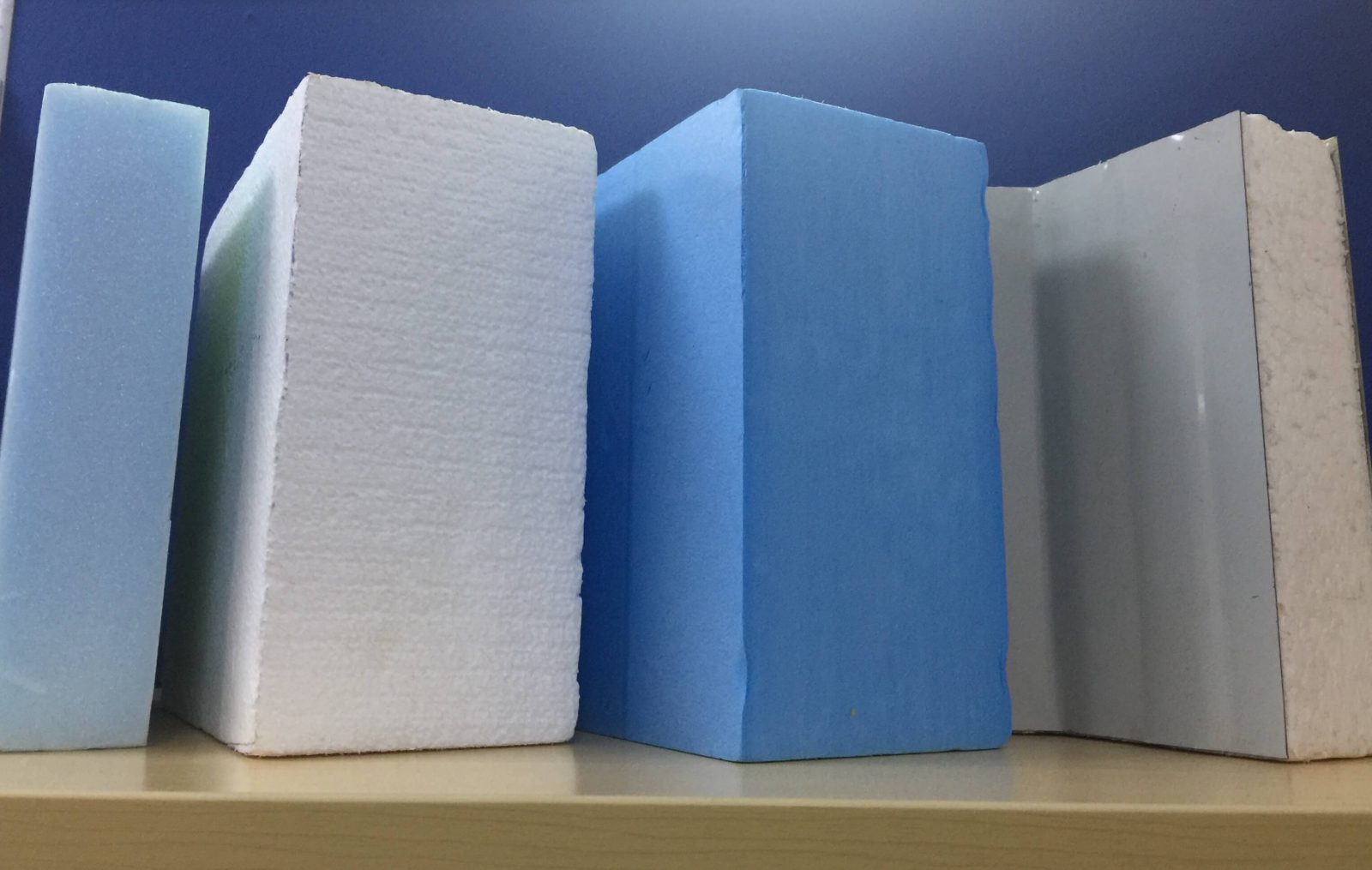
Different types of thermal insulation materials
Fiberglass
Fiberglass is one of the most commonly used insulation materials and is typically found in the form of batts, rolls, or loose-fill. Made from fine glass fibers, fiberglass is especially effective at trapping pockets of air, thus slowing the spread of heat and cold. It is fire resistant, non-combustible, and does not absorb water, making it a practical choice for many residential and commercial applications. It is also relatively inexpensive and easy to install, although proper safety gear must be worn during installation to prevent irritation from the tiny glass particles.
Mineral Wool
Mineral wool can refer to either rock wool, which is made from volcanic rock, or slag wool, which is produced from blast furnace slag. It is excellent for soundproofing and fire resistance, as it does not burn until it reaches extremely high temperatures and does not emit significant toxic smoke. Mineral
wool is denser than fiberglass and comes in batts, rolls, and loose-fill. It is slightly more expensive than fiberglass but offers superior sound-dampening and fire-resistant properties.
Cellulose
Cellulose insulation is made from recycled paper products like newspapers, treated with fire retardants such as borates. It is environmentally friendly and can be installed using a loose-fill technique, where it is blown into attics or wall cavities, effectively filling nooks and crannies for improved thermal performance. Cellulose has a higher R-value per inch than fiberglass and can be a more sustainable option, though it can settle over time, potentially reducing its effectiveness.
Polystyrene
Polystyrene comes in two forms: expanded (EPS) and extruded (XPS). EPS is lightweight, inexpensive, and commonly used for packing and coolers, but it is also used as insulation panels. XPS is more dense, moisture-resistant, and generally has a higher R-value than EPS. Both types of polystyrene are excellent for thermal insulation in a variety of building applications, including walls, roofs, and foundations, though they must be properly covered or treated to meet fire safety standards.
Polyurethane Foam
Polyurethane foam is a versatile insulation material that comes in spray form or rigid foam boards. The spray foam expands to fill gaps, cracks, and voids, creating a tight seal that significantly reduces air leakage and moisture penetration. This foam offers a high R-value per inch, which makes it highly effective even in thinner layers. It can be more expensive than other forms of insulation but provides excellent thermal and moisture barriers.
Natural Fibers
Natural fiber insulations, such as cotton, wool, hemp, and straw, are chosen for their environmental benefits and sustainability. These materials are renewable and often less irritating to install than fiberglass or mineral wool. They are usually treated with low-toxicity fire and pest retardants and offer moderate R-values. Natural fibers are more expensive than some synthetic insulators but appeal to those seeking eco-friendly building options.
Aerogel
Aerogel holds the title for being one of the lightest solid materials available and has the highest R-value of any solid insulation material. Made from a gel in which the liquid component is replaced with gas, it is nearly weightless and extremely effective at insulating while being translucent. However, its high cost and fragility make it less common in typical building applications, often reserved for specialized projects where maximum insulation is needed in minimal space.
Applications of thermal insulation
Thermal insulation plays a crucial role in enhancing the energy efficiency, comfort, and value of properties. Its application includes;
1. Walls: Insulating walls involves adding materials like fiberglass, foam board, or cellulose insulation between wall studs to reduce heat transfer. This helps maintain consistent indoor temperatures by preventing heat from escaping during colder months and entering during hotter months. Insulating exterior walls also improves the building's energy efficiency and reduces heating and cooling costs.
2. Roofs: Insulation in roofs serves to regulate the temperature within the building by minimizing heat transfer through the roof. This is typically achieved by adding insulation materials such as spray foam, fiberglass batts, or rigid foam boards between roof rafters or above the ceiling. Proper roof insulation prevents heat from escaping during winter and helps keep the interior cool in summer, leading to energy savings and enhanced comfort.
3. Floors: Insulating floors is important for maintaining comfortable indoor temperatures and reducing energy consumption. In cold climates, insulation is often installed beneath floorboards or above concrete slabs to prevent heat loss to the ground. This helps keep floors warm and minimizes the need for additional heating. In warmer climates, insulation can also prevent heat from seeping into the building from the ground below.
4. Attics: Attic insulation is crucial for preventing heat loss through the roof and maintaining consistent indoor temperatures. Insulation is typically installed between attic floor joists or directly under the roof, depending on the type of attic and roof structure. Adequate attic insulation helps reduce energy bills, prevent ice dams, and prolong the life of the roof by minimizing temperature fluctuations.
5. Crawl Spaces: Insulating crawl spaces beneath floors is essential for preventing cold air infiltration and moisture issues. Insulation materials are installed between floor joists or along the crawl space walls to create a thermal barrier. This helps maintain warmer floor temperatures, prevents pipes from freezing, and reduces the risk of mold and moisture damage.
6. Windows and Doors: While windows and doors themselves are not directly insulated, proper sealing and insulation around them are essential for minimizing air leakage and heat transfer. Weather-stripping, caulking, and adding insulating window treatments help reduce drafts and improve energy efficiency. Double or triple-pane windows with insulated frames also provide better thermal performance.
7. Basements: Insulating basement walls and floors is critical for preventing heat loss and moisture intrusion. Insulation materials are installed on basement walls, either on the interior or exterior, to create a thermal barrier and control humidity levels. Insulating basement floors helps prevent cold air from rising into the living space above, improving overall comfort and energy efficiency.
8. Pipes and HVAC Ducts: Insulating pipes and HVAC ductwork is important for preventing heat loss or gain during the distribution of heated or cooled air. Insulation materials are wrapped around pipes and ducts to reduce energy losses and maintain desired temperatures. Properly insulated ductwork also improves HVAC system efficiency and airflow, leading to better indoor comfort and lower energy bills.
Market potential of thermal insulation in India
According to the Business Market Insight report, the Indian thermal insulation market is expected to reach INR 3,674. 98 crores by 2028 from INR 2,891.81 crores in 2020. The market is estimated to grow at a CAGR of 7.4% from 201 to 2028. This growth is propelled by India's emergence as a manufacturing hub and the government's initiatives like the "Make in India" campaign.

Conclusion
Thermal insulation plays a crucial role in contemporary construction and real estate, offering a multitude of advantages that extend well beyond regulating temperatures. Whether in residential or commercial properties, its impact on energy efficiency, occupant comfort, and environmental responsibility is profound.
By effectively curbing heat transfer, thermal insulation significantly reduces energy consumption for heating and cooling, resulting in substantial cost savings for property owners and occupants alike. Moreover, by maintaining consistent indoor temperatures, it fosters healthier and more enjoyable living and working environments.
Amidst the ongoing battle against climate change, the role of thermal insulation in curbing energy waste and mitigating carbon emissions cannot be overstated. By investing in reliable insulation solutions, we not only optimize building performance and comfort but also contribute to a more sustainable future for generations to come.

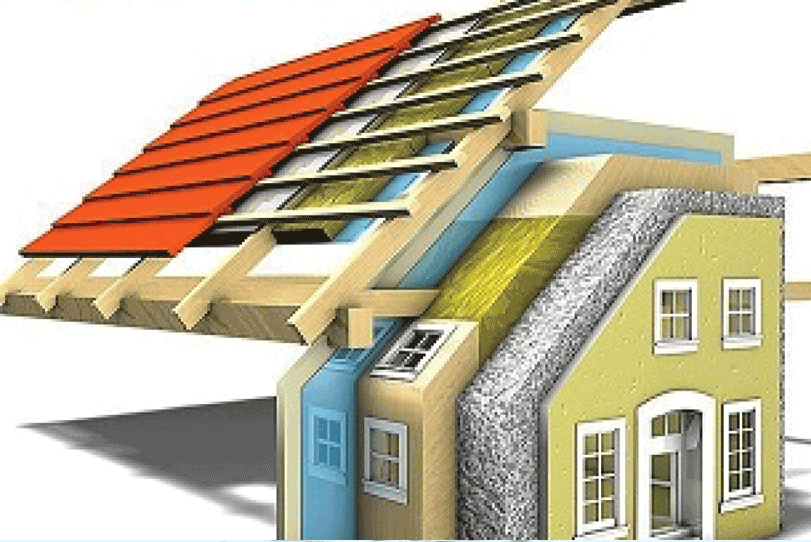

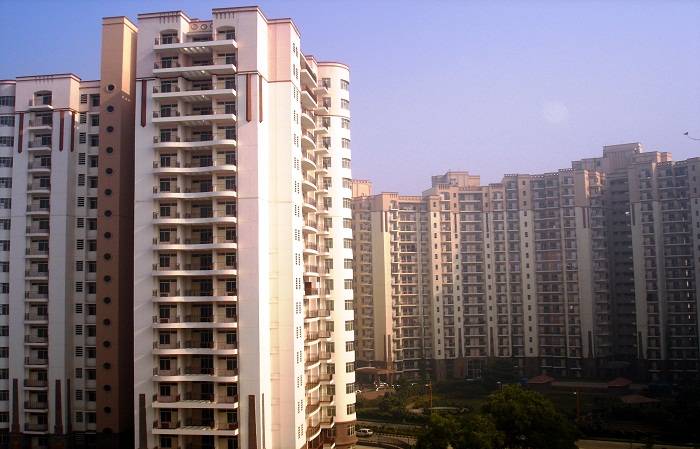

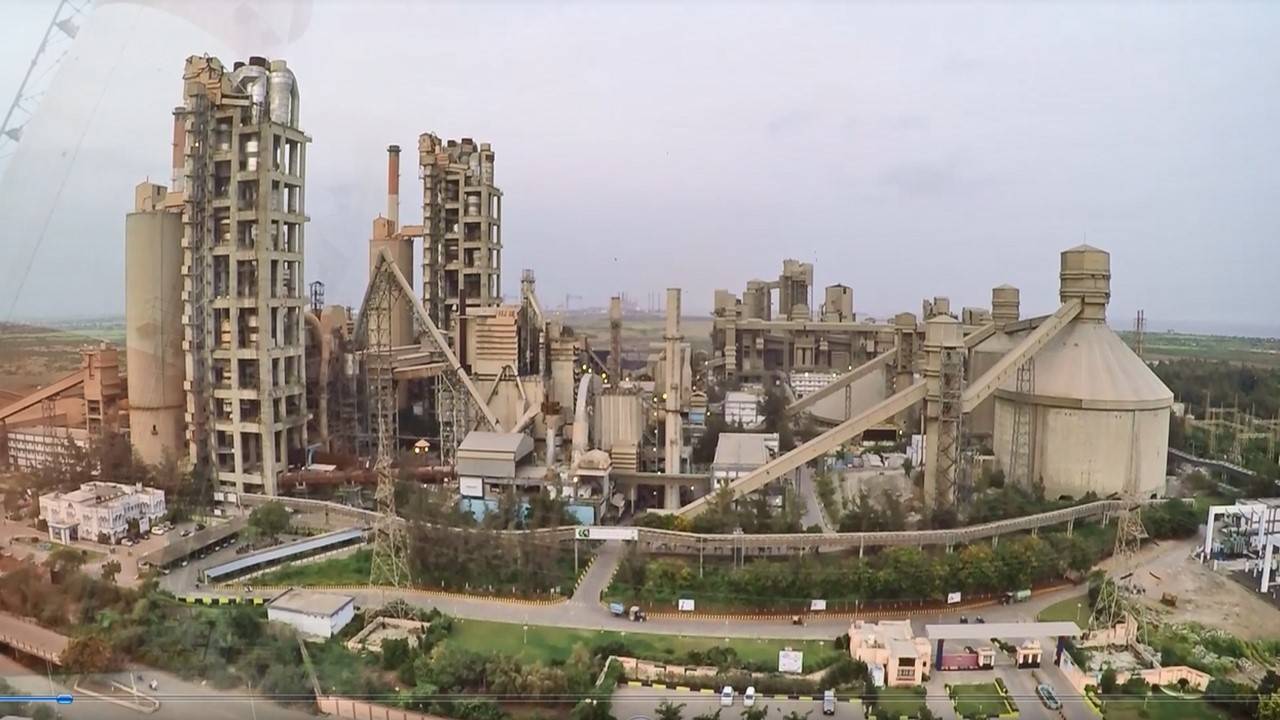

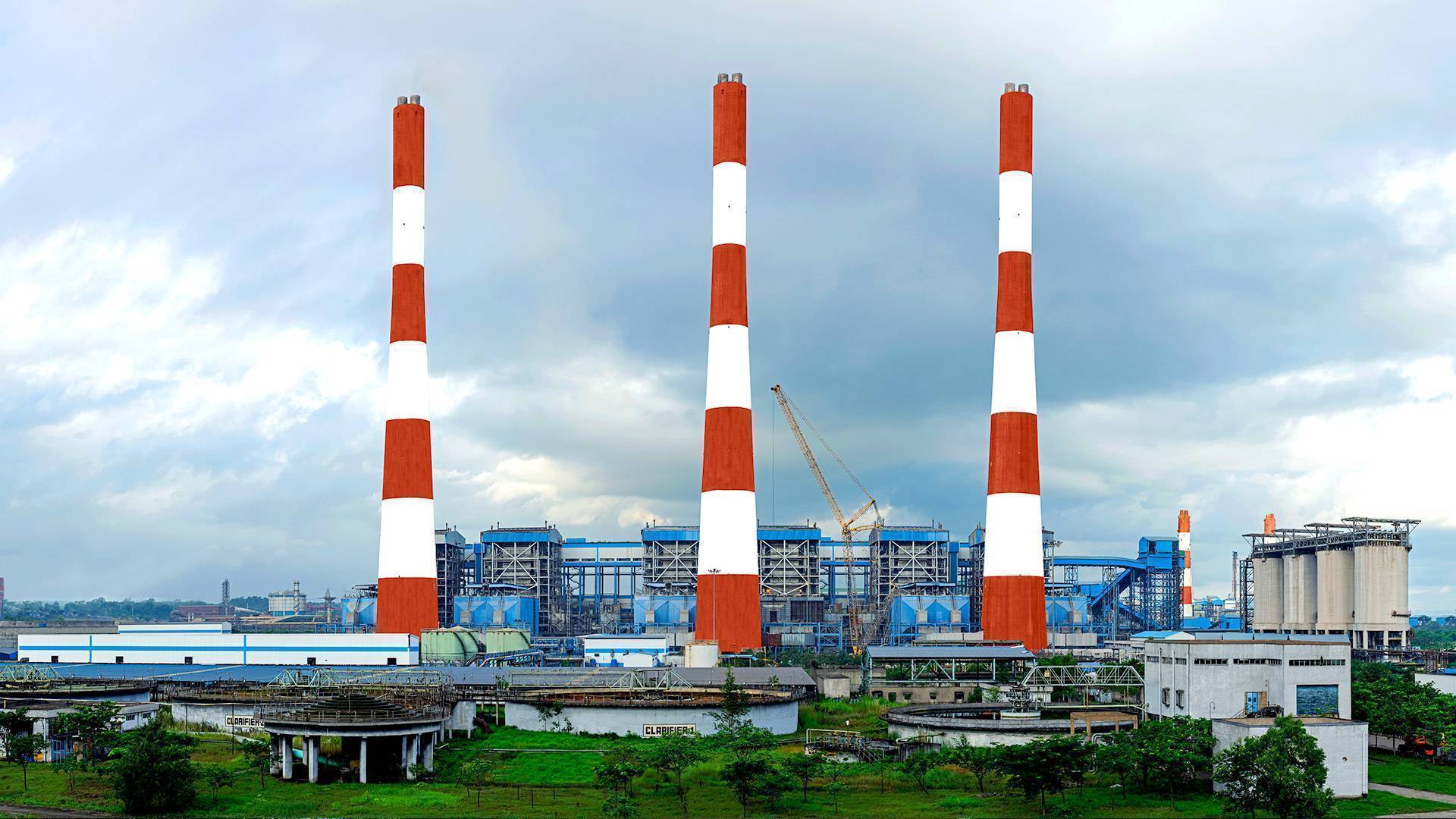

.png)